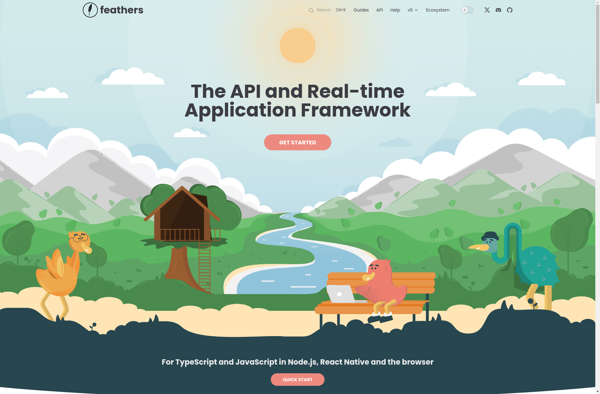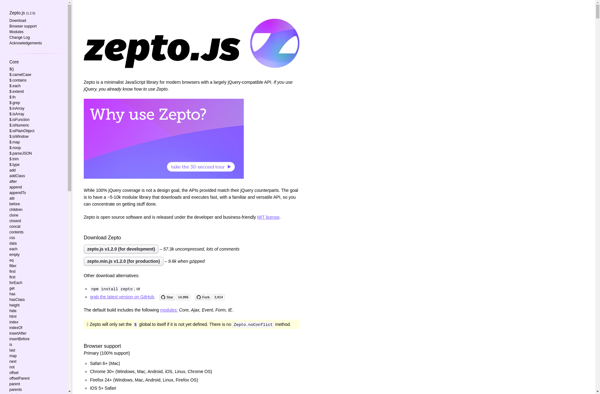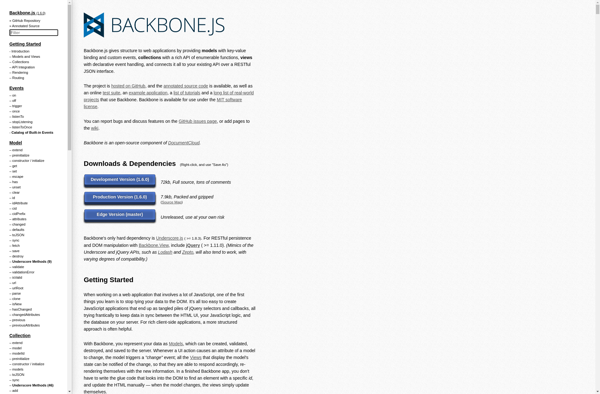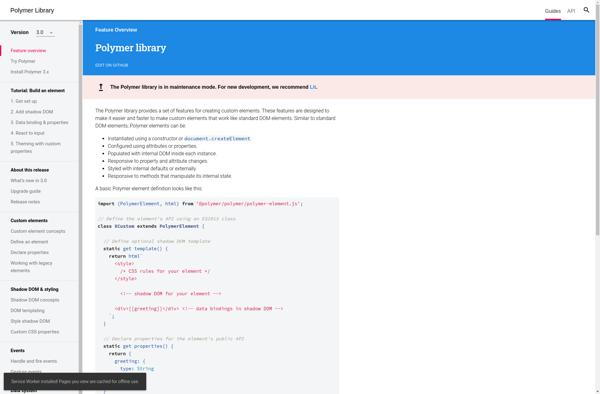Vanilla JS

Vanilla JS: Native JavaScript Code without Libraries
A term used to describe plain, basic JavaScript code without any additional libraries or frameworks, relying on native JavaScript APIs and features.
What is Vanilla JS?
Vanilla JS is the term used to describe plain, basic JavaScript code without any additional libraries or frameworks. It refers to using the native JavaScript APIs and features without any abstraction layer on top.
When writing Vanilla JS, you are using only the built-in objects, methods and syntax in JavaScript itself without any extras. This includes features like:
- The DOM manipulation APIs like querySelector, addEventListener, etc.
- Built-in objects like Array, Math, Date, etc.
- Control flow constructs like if/else, for loops, etc.
- AJAX with the Fetch API or XMLHttpRequest
- Newer JavaScript language features like arrow functions, classes, template literals etc.
The benefit of Vanilla JS is that you don't need to learn any third-party libraries. It also leads to smaller JavaScript payload sizes since you aren't including large library code. The downside is you have to write more code from scratch instead of leveraging pre-written abstraction layers.
Vanilla JS is a good baseline skill for any front-end web developer working with JavaScript. Understanding how to manipulate the DOM, control program flow, handle async actions, and organize code using pure JS is important even when using frameworks down the line.
Vanilla JS Features
Features
- Lightweight
- Fast performance
- Cross-browser support
- Minimal dependencies
- Easy to learn
Pricing
- Open Source
- Free
Pros
Cons
Official Links
Reviews & Ratings
Login to ReviewThe Best Vanilla JS Alternatives
Top Development and Javascript Frameworks and other similar apps like Vanilla JS
Here are some alternatives to Vanilla JS:
Suggest an alternative ❐FeathersJS

Zepto.js

Ember.js

AngularJS

Backbone.js

Meteor

Polymer

ExpressJS

KnockoutJS

Famous Engine
